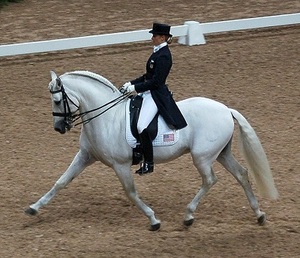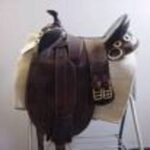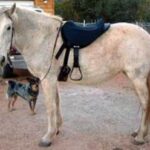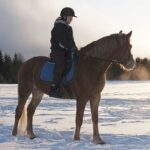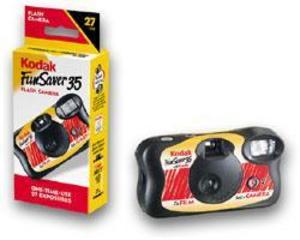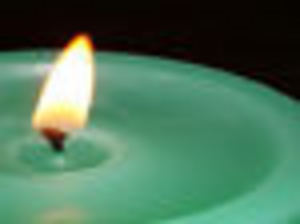English horseback riding has a formal look to it; English riders are often dressed as if for the hunt, while Western riders may appear less formal because their traditional dress reflects the working environment of the cowboy. This style of riding requires skill, not least because it deprives the rider of certain safeguards, such as a saddle designed to facilitate the weight-distribution of a rider who may be leading a cow she’s just lassoed, as well as a handy pommel to grip. The English rider maintains a posture that, to the Western rider, appears stiff; this may be an illusion.
Dressage.com avers that “Dressage is the partnership between Horse and Rider. Dressage becomes art when it is a joy for the horse.”
However, while acknowledging the skill involved in English riding, one should never undervalue that required for Western riding. For the Western rider, the pommel is not just a convenience; Western riding is the life’s blood of the American cowboy (and now the cowgirl as well), who needs to be able to rope cattle (and have something to which to tie the lasso) and keep his seat while doing that and other tasks. English riding is not geared toward work-related tasks; it is geared toward leisure (fox hunting, for example) and show (jumping is good if a fox scurries through a hedge but these days it really is more a part of dressage. That being said, Western Riding has evolved into a sport as well, and it is an art, too — just a different art.
Some of the major differences between the two methods of riding (cosmetics aside – mane-braiding does not affect riding skill, after all) and aforementioned general posture and attire:
1. Equipment and tack differ between the two riding styles. The saddles are most obvious, but the bits, too, can be different, although there is some crossover. The snaffle is most often used in English riding, but sometimes in Western as well, where, on the other hand, one is more likely to find a curb bit (which itself has both English and Western versions).
2. Western riding is done with the reins in one hand; its origins are apparent in this, since the simple cowboy, later the more accomplished vaquero, needed a free hand. (Cavalries have that need as well, which makes one wonder why English riders use both hands; after all, the English went to war on horseback as well.) Those who aver that English riding requires more skill should think again; English riding requires one kind of balance, Western another. One is not superior to the other.
3. A Western-trained horse moves away from leg pressure, whereas the English-trained horse moves toward it. What this means is simply that an English rider will turn a horse right using the right leg, and a Western rider will turn a horse right using the left leg. If a Western rider finds him/herself on an English-trained horse, s/he may be in for a surprise!
4. Cutting (separating a cow from its herd) is not an event in English dressage; its raison d’être in Western shows should by now be evident. On the other hand, dressage is particularly noted for its “airs above the ground,” involving many kinds of jumping – not one of them in pursuit of a cow.
With all of the above differences, you are sure to note that not one of them bears a quality that can be adjudged “good” or “bad.” The differences reflect origins, current uses and stylistic traditions that developed from those origins and uses. One cannot say one is better or worse than the other; one can only state one’s preferences.
This writer’s preferences are based on her nationality (American), experience in the saddle (mostly but not exclusively Western) and her overexposure, as some might see it, to cowboy movies in her impressionable youth. Her earliest ambitions were to be, simultaneously if possible, a cowgirl and an Indian (as Native Americans were then called). Gene Autry, in his black button-down shirt, his cowboy hat (no helmet for him!) and and his casual air (how can you be formal while riding with BOTH hands off the reins – in order to strum a guitar?) won her baby heart, and it remains won, to this day. How could she help preferring Western riding to English? But that’s all it is: a preference. That’s all it ever is. Anyone who declares that one style is innately and objectively superior to the other needs to observe a little better, study a little harder, and learn to acknowledge that there are all kinds of people – and equestrian styles – in the world. In the vernacular, “That’s what makes horse racing!”
Further reading:
http://www.dressage.com/
http://www.usdf.org/”
http://www.ultimatehorsesite.com/articles/kelin_aboutbits.html
http://en.allexperts.com/q/Hor seback-Riding-3328/2009/7/leg- pressure-www-thinklikahorse.htm
http://www.ultimatehorsesite.c om/info/horsebits.html
http://horses.about.com/od/bit sexplained/a/choosingabit.htm
